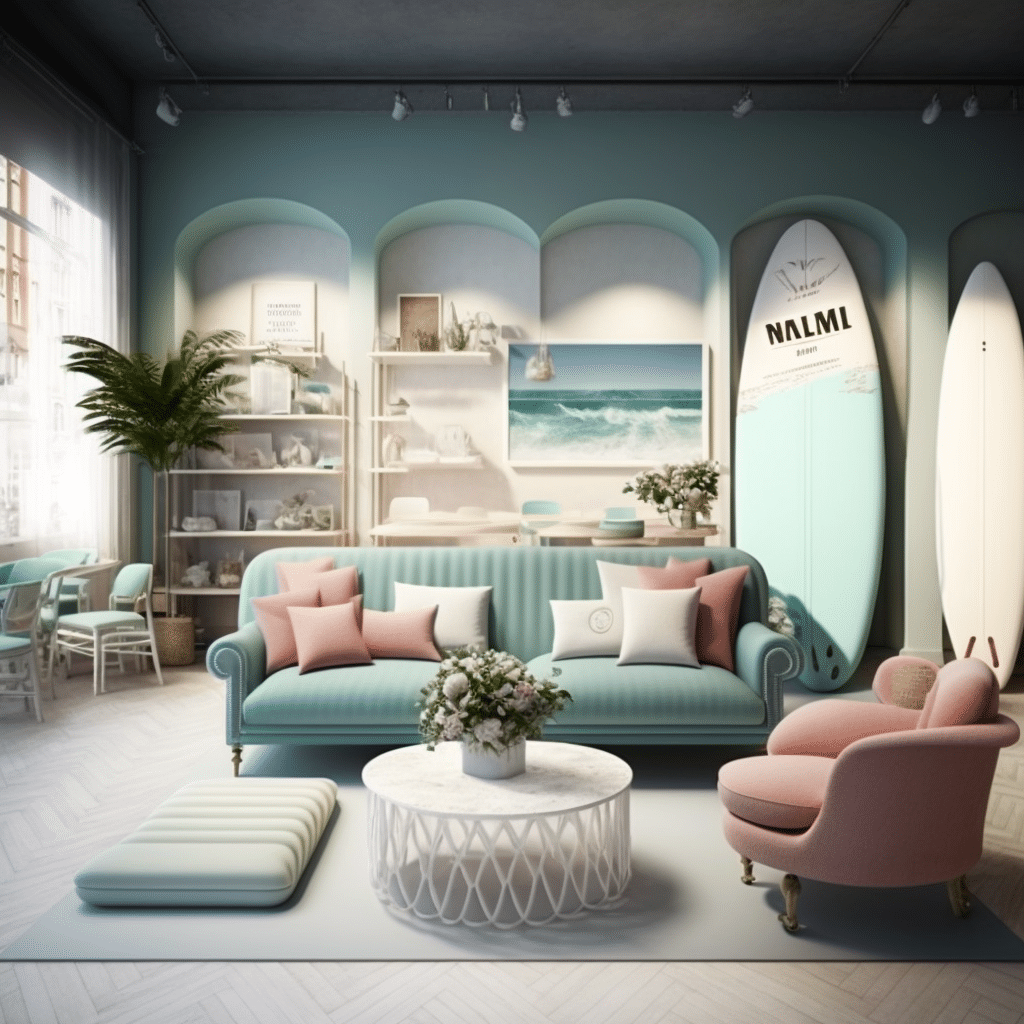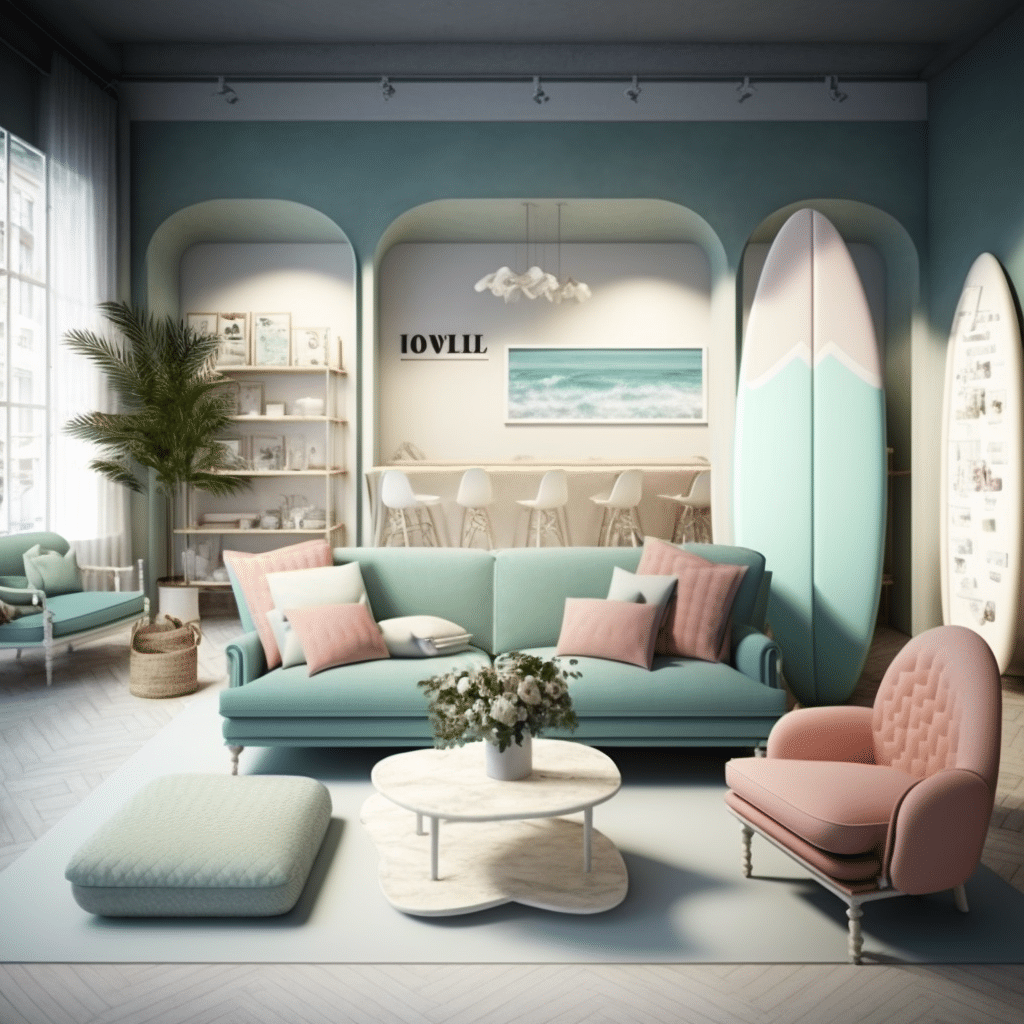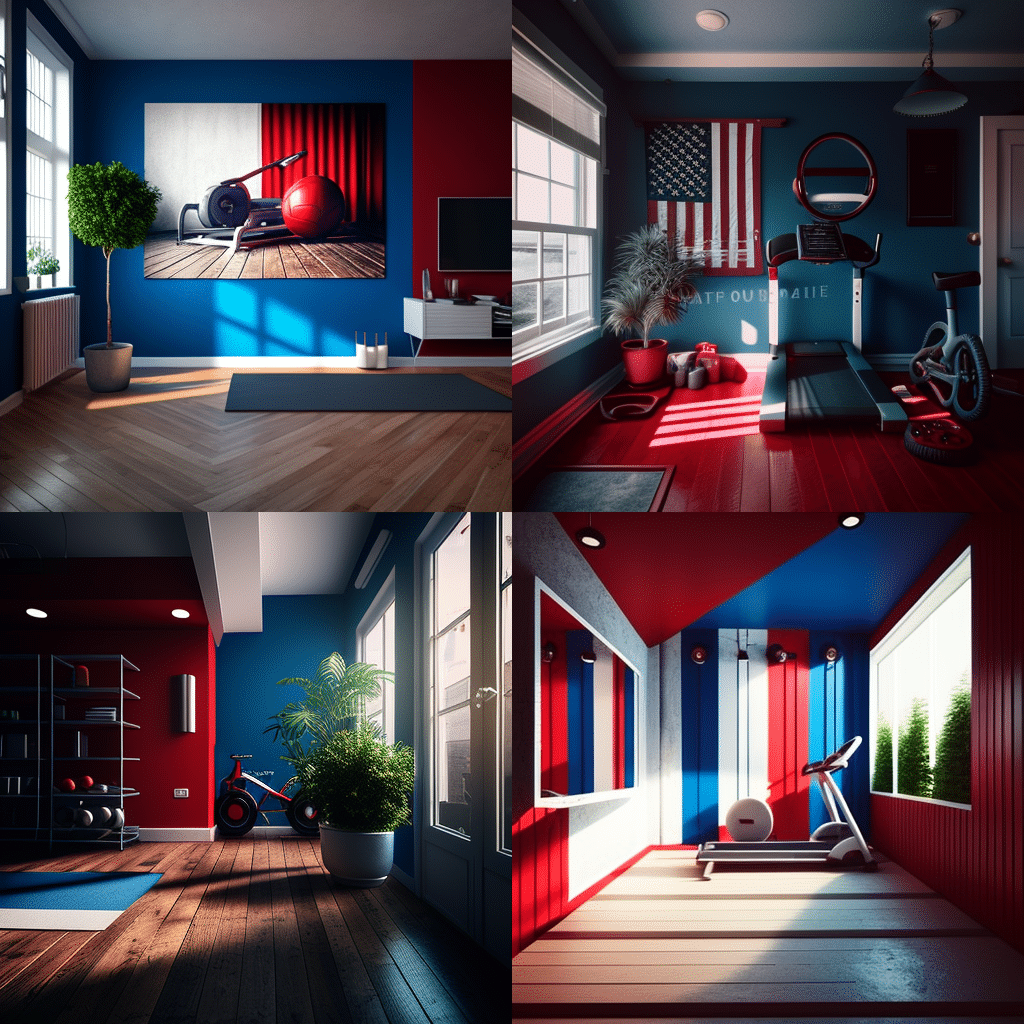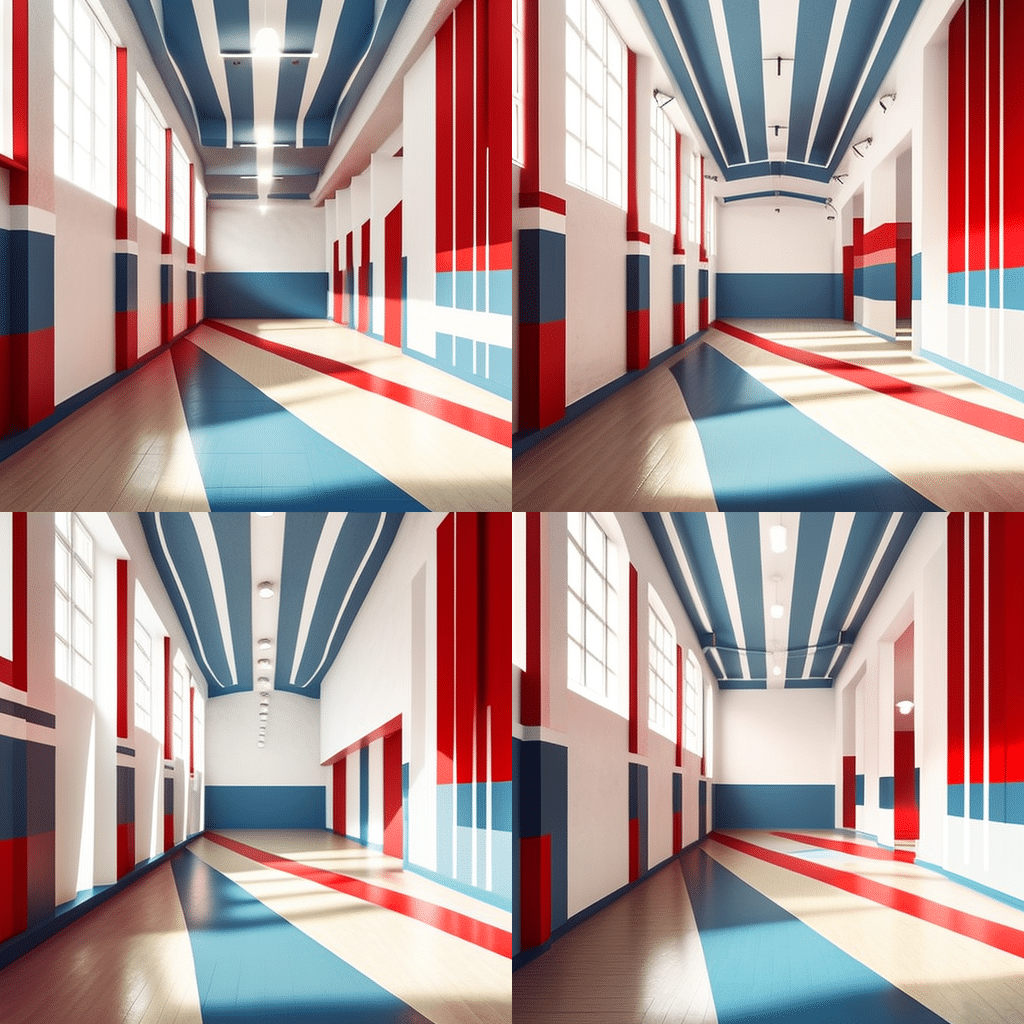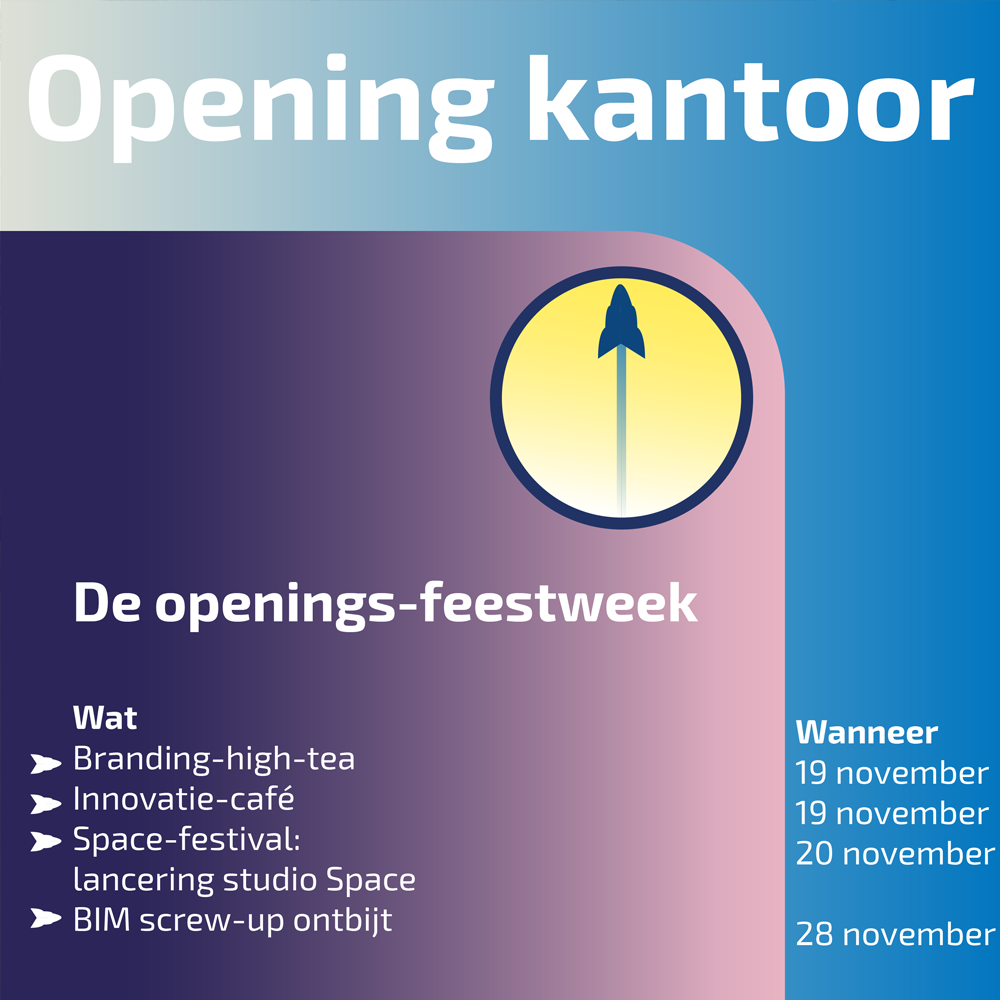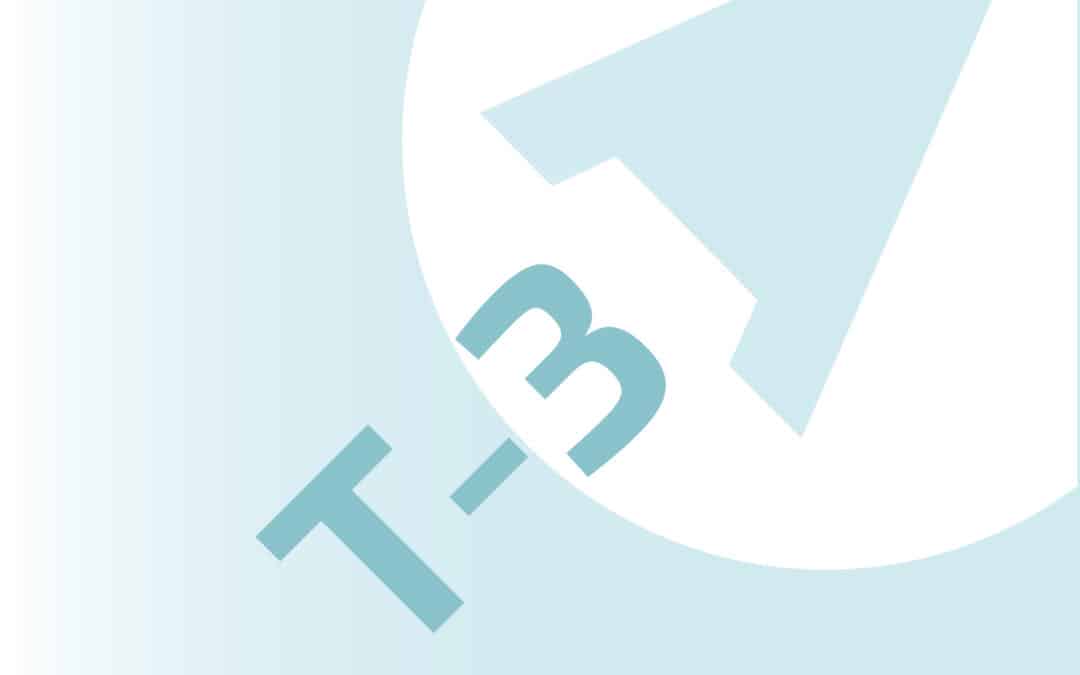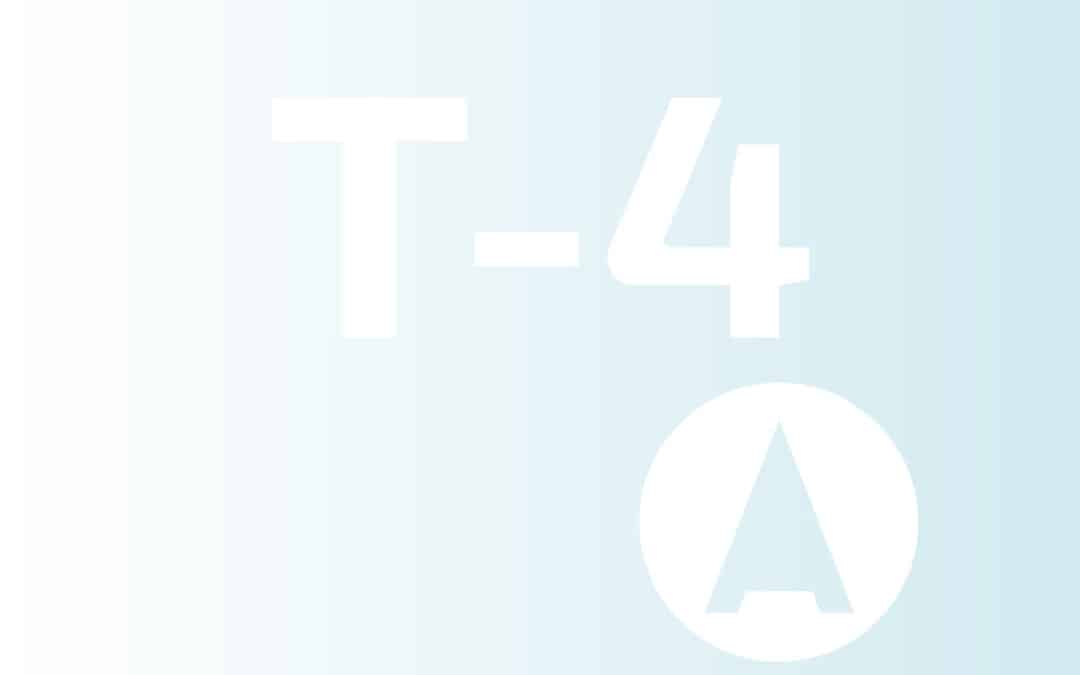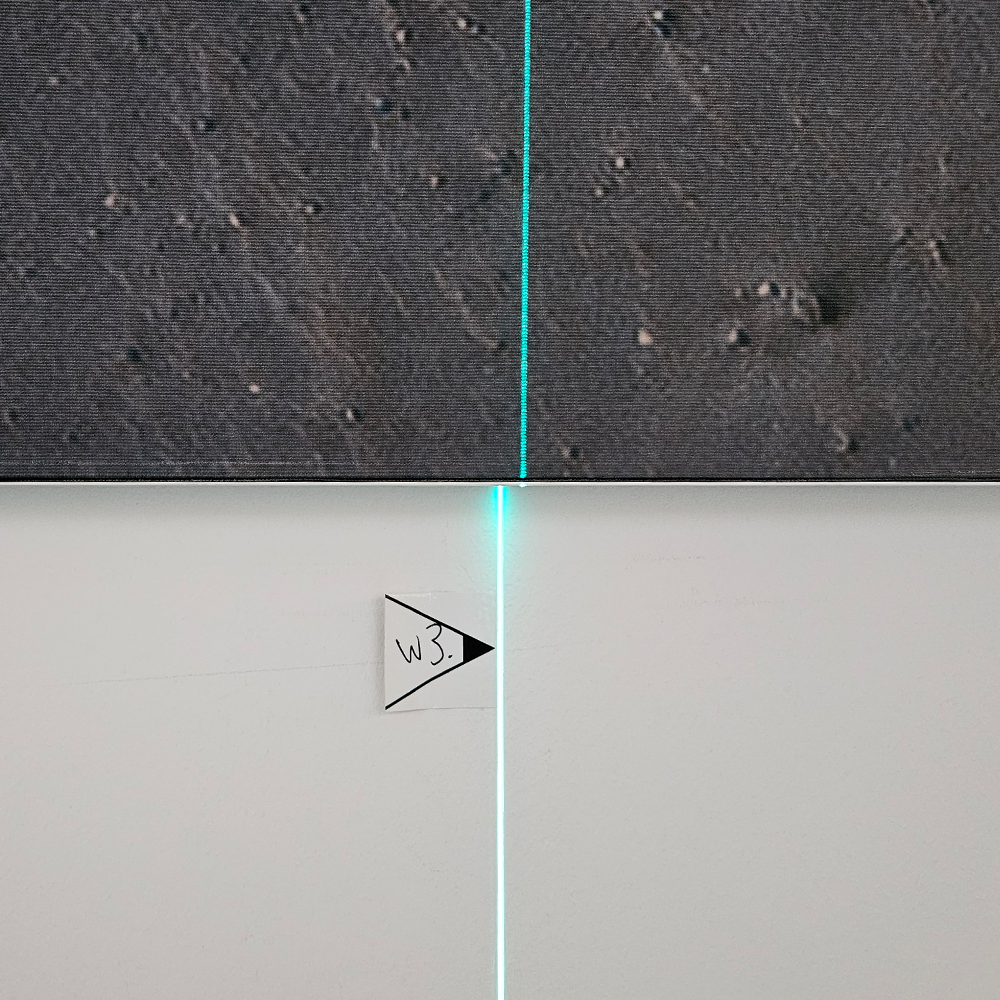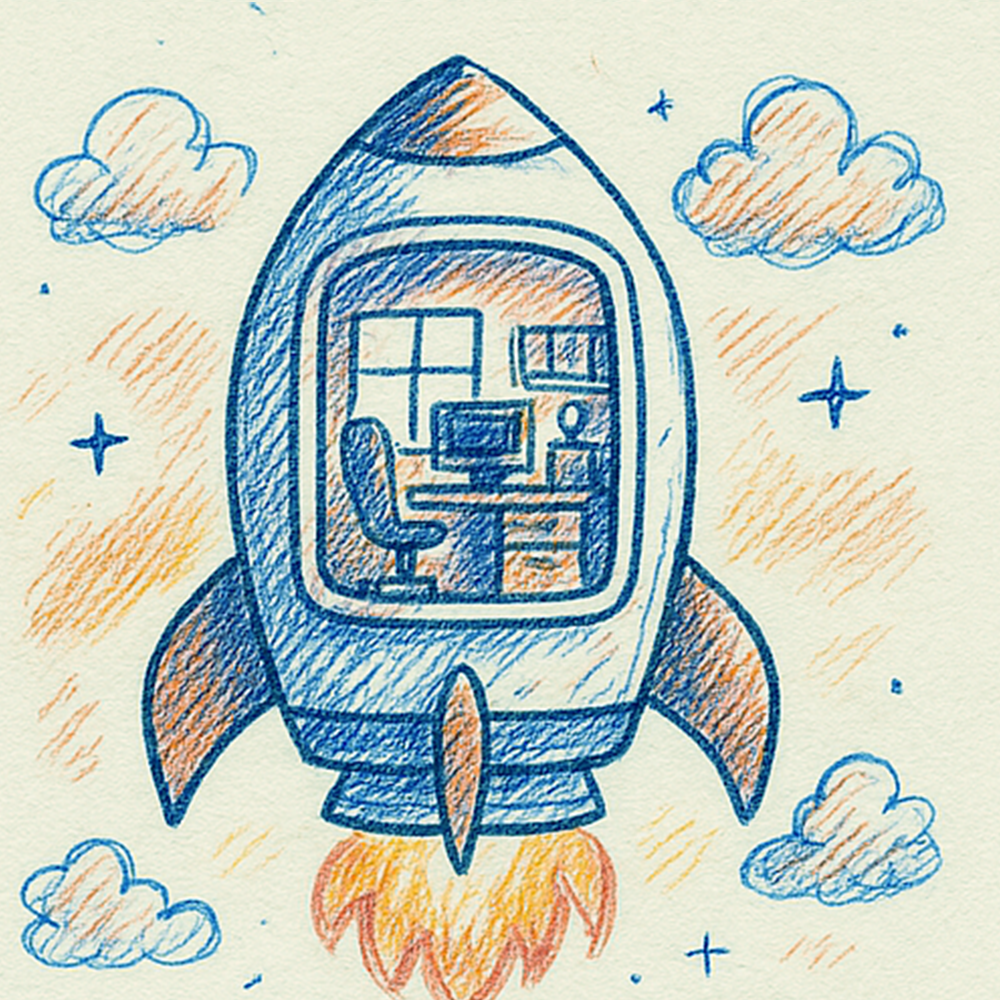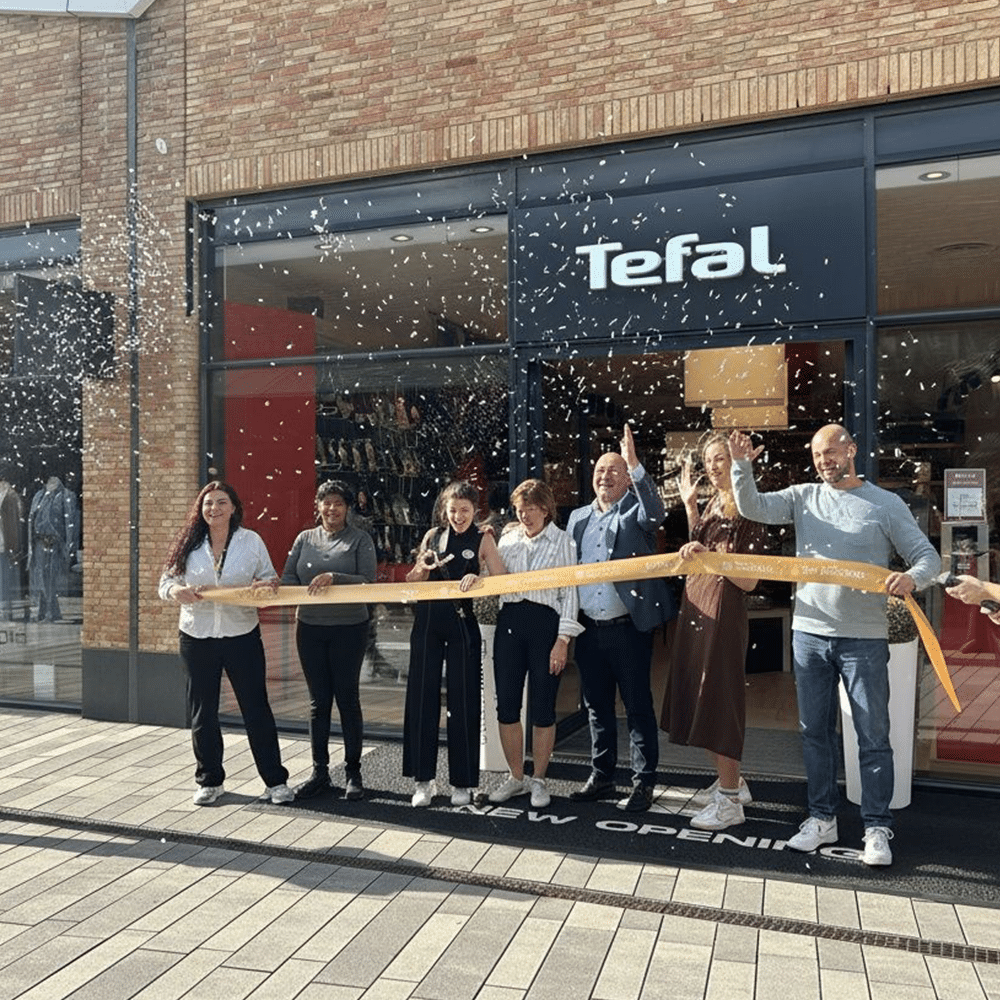AI for interior design?
In the market, we now see two directions for applying AI for interior design: AI as a support for elaboration: as software uses AI to present models, highlight them and use computing power from the cloud, “old” software works faster and better. But the second research direction is more interesting: using AI as a chatbot to hold ideas against and quickly explore what works and what doesn’t work. Which idea is more powerful than the others.
NewArmstrong has been testing how this works and how it can add value to our field.
The essence of the use in this is not in that AI has the intelligence. AI does something you ask it to do. It starts with a good question or brief: if you don’t ask the question just right, you’ll get something different than what you’re looking for. If you ask for an “artistic interior,” you can also get a painting of an interior. But if you ask for a photo of an interior with neon-colored artwork, you might get what you’re looking for.
Let’s look at two examples:
Briefing 1: classic surf style weekend house
Brief architecture photo, interior photo, sunny, surf world, lounge, racks, shelves, sofa, softness, soft light, blueish pink, wooden floor, decorative lights
With this briefing, the first result was developed:
In it, all the images recognize the lounge, surf world and soft pastel environment. But for a beach house, the image above left is best: built-in closets, lots of light and a large lounge set.
Which has continued to evolve in development weekend house. That one fits well: but has tables in two places and lots of closet space. That doesn’t suit a weekend stay.
In the final elaboration, a cove containing a bar table is visible and the table on the left has been replaced by an easy chair. As a mood board for a classic surf-style weekend house, this is the strongest image.
Briefing 2: classic American cool eventspace
The same dialogue is visible in the briefing sports hall: I am looking for a hall or sports hall with the “Classic American Cool” of college sports for an event space.
Briefing: architecture photo, interior photo fitness school, fitness studio, room, gym, fitness, fitness equipment, red blue white, sports classic, college sports, football, basketball props, bright light, wooden floor with stripes
In the first four variants, there is a big difference in the character of the space: from a living room-like scale to a bedroom or hallway. The briefing was changed to something more with a hall. That is the image “iteration sports hall”: in this, it is more like a hall with a high ceiling. The colors and stripes are literally from the briefing: that’s something I asked for. There is not much variation in the four images: mainly what the alcoves on the right do and what the ceiling does.
For an event space, the sense of height is nice as well as central lighting. The image on the lower right was further developed into the final result.
Both are not a concrete design that can be implemented. The first conclusion is that to test ideas and get high quality images of them quickly, this is an absolute added value. is. As a sketching tool, mood board or idea generator, this certainly works fine.
The second conclusion is that the software or bot differs greatly: Midjourney comes up with fast photorealistic renderings. Dall-E is less quick to make the difference between a photo or interior or an artwork of an interior.
It is something that we need to delve further into in our approach: but which can certainly add value in the design process.
^Justus Slaakweg


